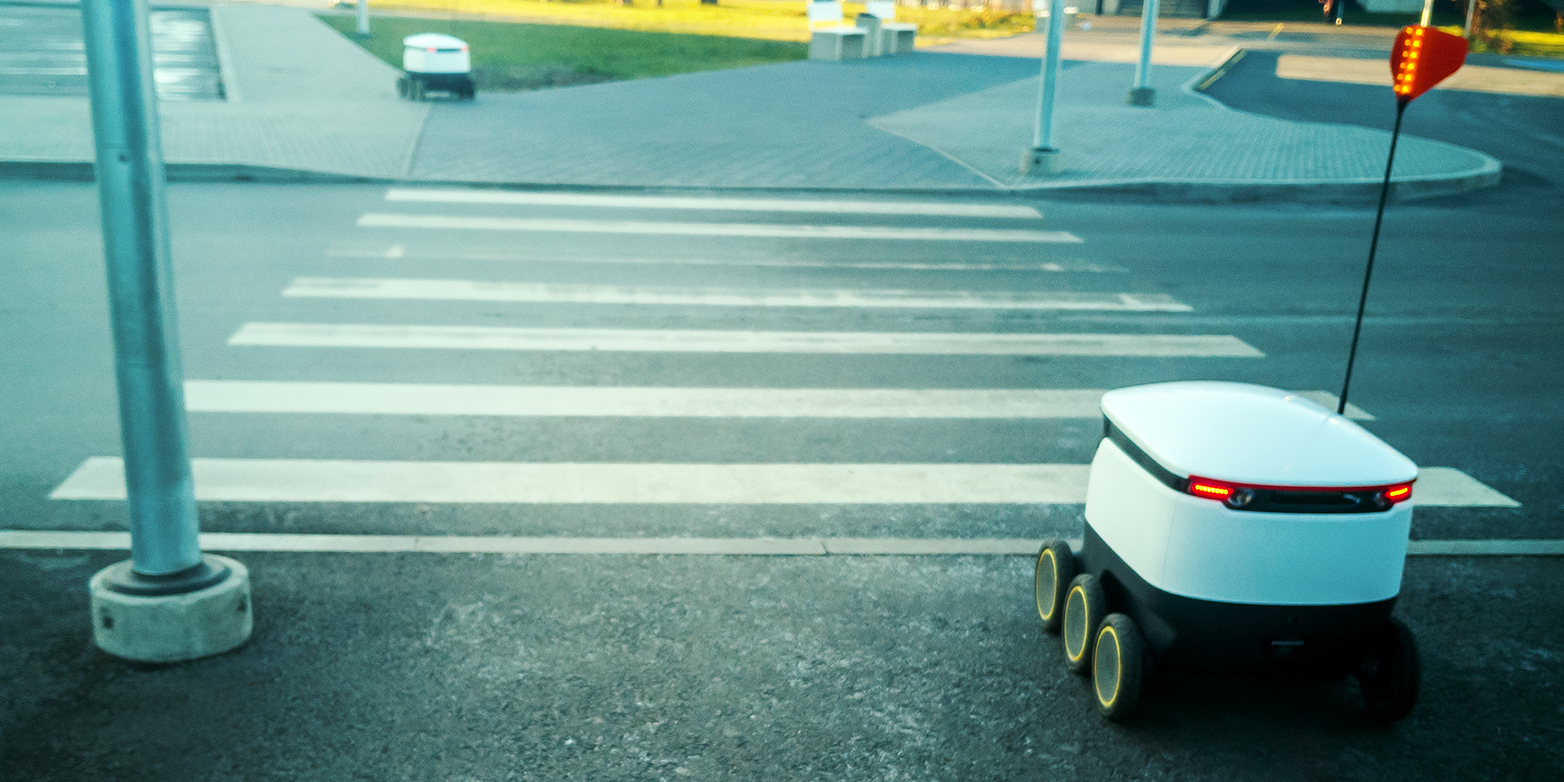How robots can help fight pandemics
Robots allow people to interact with each other without physical contact. This means they can protect us from infectious diseases, which has been given too little consideration in robotics, says Brad Nelson.

The most popular phrase that has entered our vocabulary in the past few months is “social distancing”, more accurately termed, “physical distancing”. We all know what this means, but even during a pandemic such as COVID-19, humans have to physically interact with one another at times. Clean virus-free robots can be the link to enable interaction without direct physical contact. In this way, they can dramatically reduce the transmission of infectious disease.
If you’re sick, you go to the doctor to get examined. If you’re really sick, you may need surgery. People need to go shopping for food or medicine or have it delivered to their homes. All these situations can result in disease transmission.

Engineers have developed robots, companies have been founded, and markets created to help with these kinds of tasks. Yet we don’t see these robots around us in our daily lives, even in the current pandemic. I know the coronavirus is motivating roboticists to develop robots that can really help in such situations. And I hope it’ll help us deploy robots to serve in more meaningful ways in the future, too.
Protecting from infection
Let’s start with healthcare. If nurses and doctors get sick from their patients, they can’t come to work. Even worse, if they transmit an infection to their patients, the virus spreads rapidly and our healthcare system is pushed to a breaking point.
Robotics has developed solutions for the healthcare system for many years, but not from the perspective of a pandemic. Robots have been used in hospitals to connect doctors from far away with their patients, verbally and visually. Up to now, the selling point of these systems was to allow doctors to examine their patients without spending time travelling. But when there’s a pandemic, it’s about something else: protecting the doctor, and patient, from potential infection.
Allowing distance
For nearly two decades now, surgeons have been using robots to perform minimally invasive surgery on patients remotely – usually from within just a few metres, as the surgeon is present in the operating theatre. The company that pioneered this approach now has 5,500 robotic surgery systems in clinics around the world which have performed more than 5 million procedures. The marketing strategy here has been to promote minimally invasive surgery, as patients recover faster from such procedures. The fact that these systems eliminate direct physical contact with the patient was previously a secondary benefit – but this is exactly what’s crucial during a pandemic. COVID-19 will fundamentally change how surgeons look at direct patient interaction.
During lockdown, many of us have stepped up online purchasing. A few companies have developed walking or wheeled robots to bridge the last few metres between delivery van and home. ETH has also been active in this area. Previously this was about making it possible to deliver to many houses simultaneously, using robots to increase efficiency. Today what’s key is that these robots allow physical distancing between delivery people and customers.
"We’ll find robotics can change the way we interact physically – in stressful times like these, as well as in normal daily life."Bradley Nelson
Lastly, China has very recently explored the use of robots for autonomously disinfecting public areas, while a company from Denmark is selling a robot that can disinfect indoor spaces.
Robots can do more
These examples show that robots can do much more in the current pandemic than previously seen. But for robot companies to penetrate their markets more deeply, we now need models and metrics that clarify why a particular robotic approach reduces infection more than other methods. We also need to quantify how the robot keeps its handlers safer. And what’s crucially important is how a robot can provide a satisfying, useful link between humans, most of whom would prefer direct physical interaction. If we can address these questions, we’ll find robotics can change the way we interact physically – in stressful times like these, as well as in normal daily life, which hopefully will soon return.
Reference
Yang GZ et al.: Combating COVID-19 – The role of robotics in managing public health and infectious diseases, Science Robotics 2020. 5: eabb5589, doi: external page 10.1126/scirobotics.abb5589
Comments
No comments yet